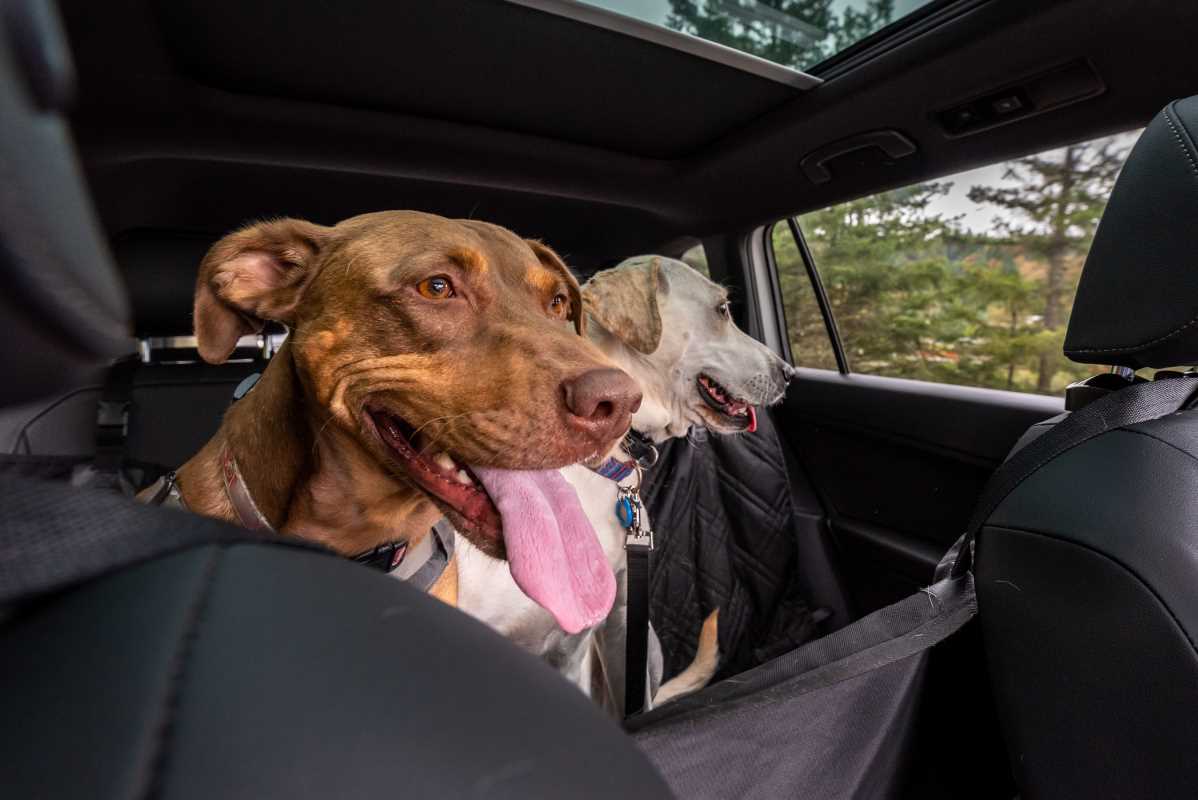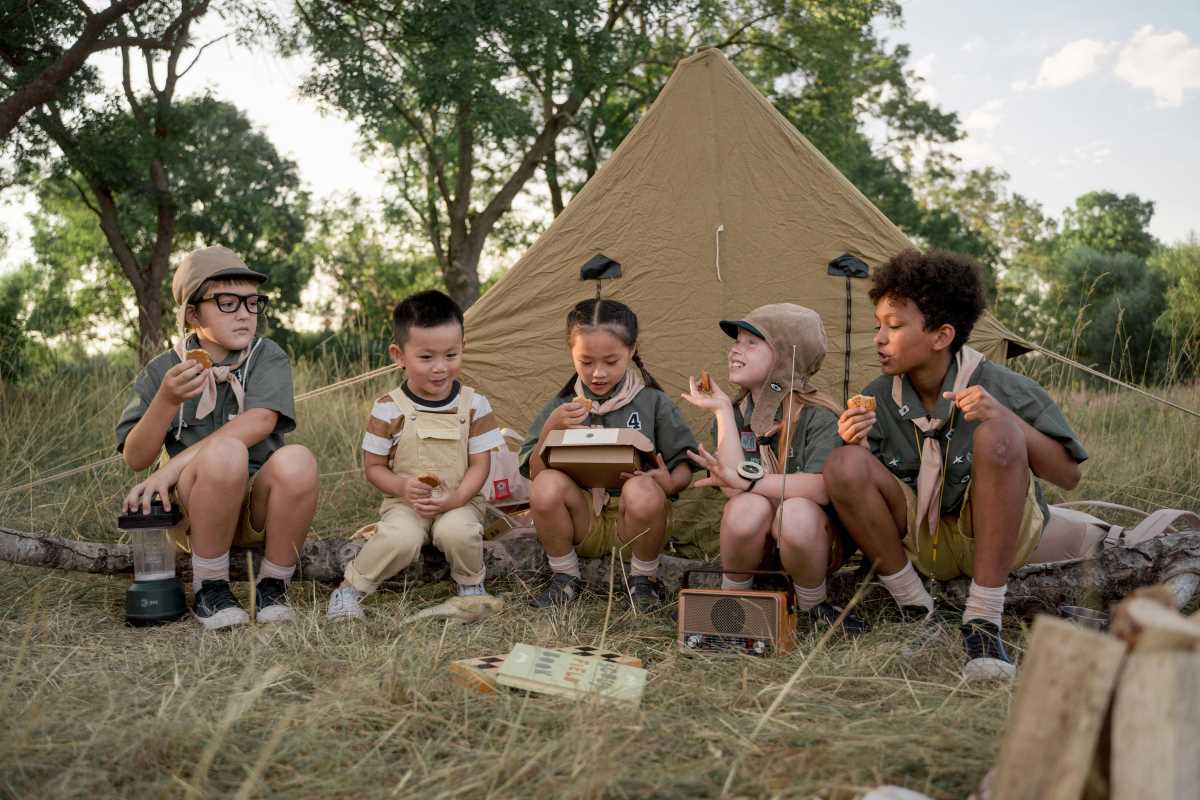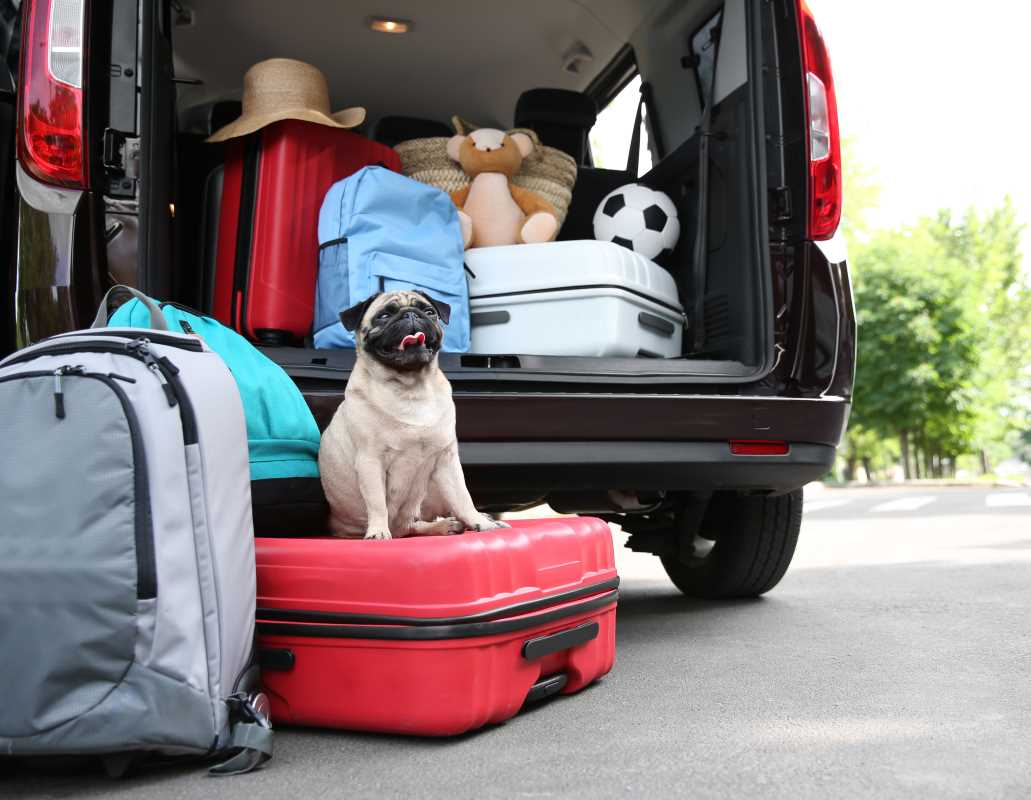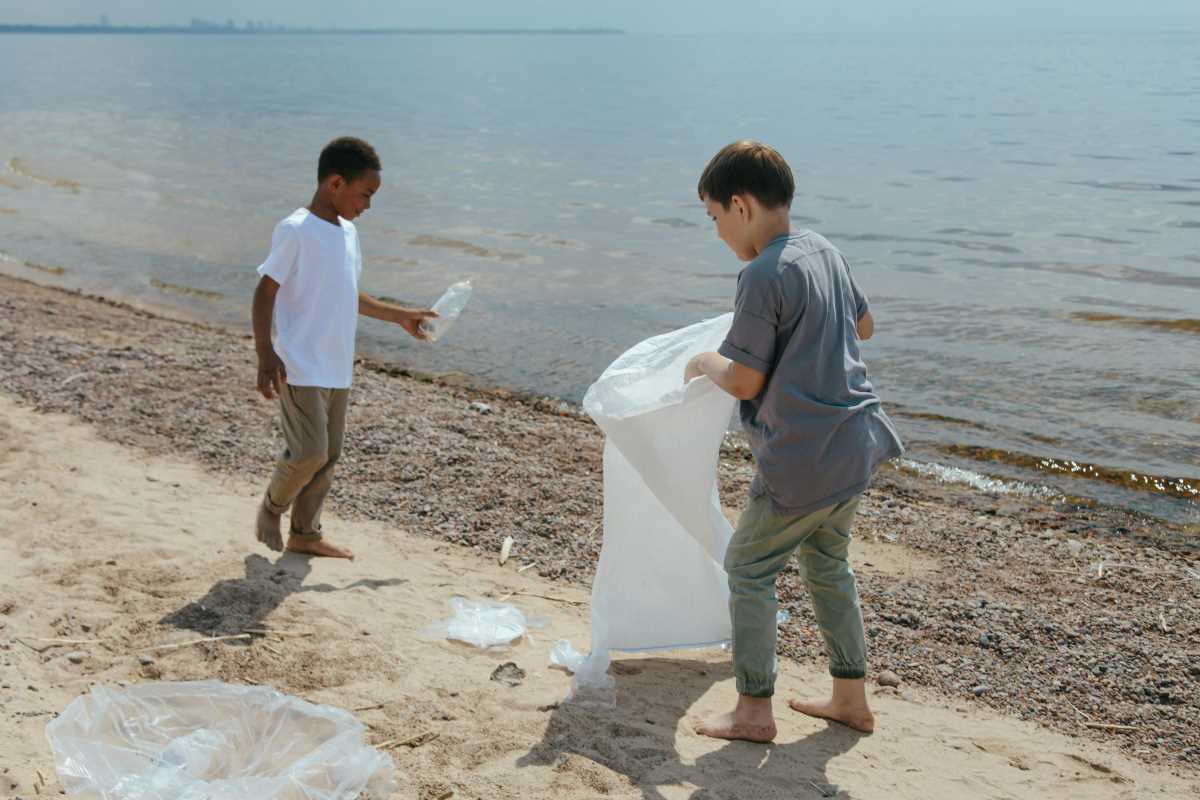Families can find adventure in a mountain village as they prepare for a day of geology digs or enjoy exploring a lush tropical conservatory while searching for rare orchids. These trips offer much more than a break from routine. They provide opportunities to engage with new surroundings, encouraging everyone to learn together through exploration and discovery. Each unique destination invites curiosity, turning travel into a memorable experience where children and adults alike can connect with nature and culture. Whether packing for an outdoor adventure or strolling among vibrant plants, every moment promises something new to learn and share.
Discovering learning experiences without a classroom
Children and adults connect when they navigate ancient cave systems with headlamps and jot notes about stalactite patterns. Here, you don’t sink into museum seats—you climb rock faces or sample spices at a floating market. Each moment encourages questions, and each answer forms a new thread in a web of shared adventure.
Families can immerse themselves in settings where history breathes through stone walls or aquatic life glides beneath transparent tunnels. Wandering local workshops turns everyday crafts into interactive lessons on culture and creativity. These educational destinations invite everyone to learn by touching, tasting, and actively exploring instead of passively observing.
Connecting geography with hands-on learning
Across continents, you find places where cooking classes serve as cultural anthropology, and glacier treks combine physics with endurance. Navigating a tide pool uncovers marine biology concepts, while sketching ruins teaches geometry on a real-world scale. Every path becomes a classroom with the landscape as your teacher.
Whether deciphering petroglyphs under the desert sun or collecting water samples at a rainforest stream, families share roles as researchers, photographers, and storytellers. These educational destinations blur the lines between fun and learning, revealing natural science and social heritage through discovery that sticks.
Tools and methods to make trips engaging
- The portable microscope kit: This handheld plastic device weighs under half a pound and unfolds to show magnification up to 60x. It fits easily into backpacks and runs on two AA batteries, costing around $25 online or at outdoor gear stores. To use it: 1. Open the protective cover, 2. Place a sample slide or leaf fragment on the stage, 3. Turn focus knobs until cellular structures become clear. It reveals textures that spark mini-science workshops on-the-go. Expert tip: Place a small LED light behind translucent samples to highlight veins or microbubbles, but avoid strong direct sunlight that can wash out details.
- The bilingual field journal: This hardcover notebook splits pages into two language columns, encouraging children to jot vocabulary alongside observations in their target language. It costs about $15, and you can find English-Spanish pairs with additional editions for other languages at museum shops and online. To use it: 1. Label columns with date and location, 2. Write simple notes like plant names or temperature readings on the left, 3. Use a pocket dictionary to translate each item on the right side. The dual-column design reinforces language skills and captures natural phenomena. Quick tip: Encourage brief sketches instead of long paragraphs—writing too much can discourage younger kids.
- Open-water snorkeling set: A quality mask and snorkel set made from tempered glass and silicone seals provides a clear view of coral shapes on reef edges. You can find sets for around $40 at dive shops in tropical regions; cheaper sets might fog quickly. To use it: 1. Fit the mask straps snugly to prevent leaks, 2. Test breathing through the snorkel above water before diving, 3. Swim parallel to the reef to observe coral colors and fish behavior. The main limitation: you need calm seas for good visibility. Expert tip: Pack anti-fog drops in a small dropper bottle for quick application before each swim.
- DIY archaeology trowel kit: Consisting of a small steel trowel and plastic scoop, this handheld kit weighs under one pound and costs about $18 at science gift shops. Families can simulate digs at beach edges or riverbanks. To use it: 1. Mark a grid with string stakes, 2. Carefully scrape away topsoil in shallow layers, 3. Use brushes to uncover small artifacts or shells. It teaches stratigraphy and record-keeping through grid mapping. Quick tip: Bring resealable bags and index cards to label finds by layer and location, helping to practice cataloging like field archaeologists.
- The star chart projector: This mini planetarium projects constellations onto tent ceilings, making it perfect for campsite nights or dark hotel rooms. It runs on USB power and costs about $30. To use it: 1. Connect to a portable battery pack, 2. Aim the lens at the ceiling, 3. Turn the dial to switch between seasonal star maps. It helps families identify Orion’s Belt or the Big Dipper without phone apps. Quick tip: Use blackout curtains or cover windows to darken the room completely—ambient light can significantly dim the projections.
Real-world examples and tips from experienced travelers
- Visit the Hawai‘i Volcanoes National Park on the Big Island, where rangers at the Kīlauea Visitor Center sometimes offer guided hikes and lend scientific tools like infrared thermometers to measure heat near active volcanic features. Guests learn to map thermal signatures and discuss volcanic patterns with experts. Arrive early to reserve limited spots, and bring sturdy boots—some trails, like those around the Sulphur Banks, can radiate significant heat.
- Join a floating market spice workshop in Can Tho, Vietnam, where local farmers aboard traditional sampan boats explain how Mekong Delta soil supports the growth of turmeric, lemongrass, and galangal. Participants create personalized spice blends to take home. These tours are offered via local eco-tourism companies and often book out two weeks in advance.
- Enroll in a one-day birdwatching trek at the Sundarbans Wetland Reserve in India or Bangladesh, where rangers provide binoculars and species checklists for spotting rare birds like the masked finfoot. Night-vision and camera-trapping workshops are sometimes available for those interested in nocturnal species like owls. Waterproof gear is essential due to unpredictable weather in the mangrove region.
- Sign up for a stargazing hike in Atacama Desert, Chile, considered one of the clearest skies on Earth. Programs at observatories like ALMA or local night-hike tours in San Pedro de Atacama include portable telescopes, constellation guides, and talks by resident astronomers. Bring foldable chairs, warm layers, and a thermos of hot cocoa for the crisp desert nights.
- Explore a stone carving workshop at the ruins of Hampi, India, where artisans offer introductory sessions using traditional tools to carve motifs into soapstone and limestone. Safety gear is provided for beginners. Workshops can be reserved through the Karnataka tourism office or local guesthouses, especially during holiday seasons and festivals.
Begin these hands-on adventures to spark lasting curiosity beyond your travels.Every journey that combines hands-on activities with real settings turns travel into a series of living lessons. By choosing gear that encourages tactile engagement and planners who design interactive programs, families move beyond sightseeing to create stories together at each destination.
 (Image via
(Image via





